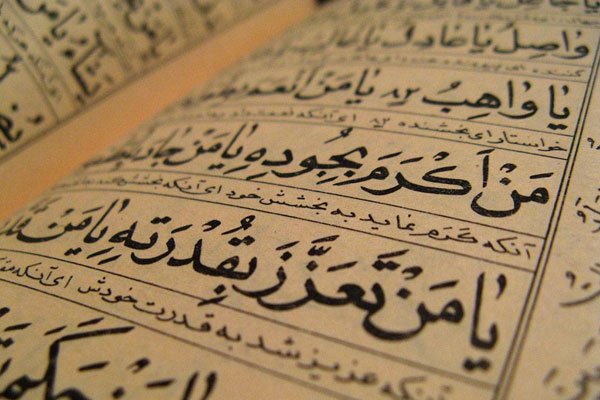Phoenician Letters at Nekrasov Library
The Moscow Nekrasov Library witnessed an open class on Eastern writing by designer Vasily KasSab within the framework of the Travel & Adventure Informatheque project.
Currently the ancient art of Arab calligraphy is applied in architecture, interior decor, conceptual art, graffiti, illustration, graphic design, sculpture, and ceramics.
Arab lettering resembling a subtle pattern originates from the Aramaic alphabet, which, in its turn, can be traced back to ancient Phoenician alphabet. The basic styles of Arab calligraphy were standardised and universally accepted in the 10th century C.E. to be used for copying the Holy Koran.
These days Arab calligraphy is widely employed by painters, architects, and designers across the world: its aesthetics and harmony convey the beauty of the most ancient civilizations of the East even in the fanciest conceptual works by contemporary artists.
Kalam, a bamboo stylus and ink have been used to do Arab calligraphy. However, currently, they are often replaced by special markers with a broad flat nib. Marker in hand, Vasily KasSab showed the Informatheque visitors how to make an exact calculation of the letter’s height in relation to the thickness of the line; how a letter changes depending on its position within the word. He also wrote “library” in Arabic.
 Arab calligraphy
Arab calligraphySource: culture.ru